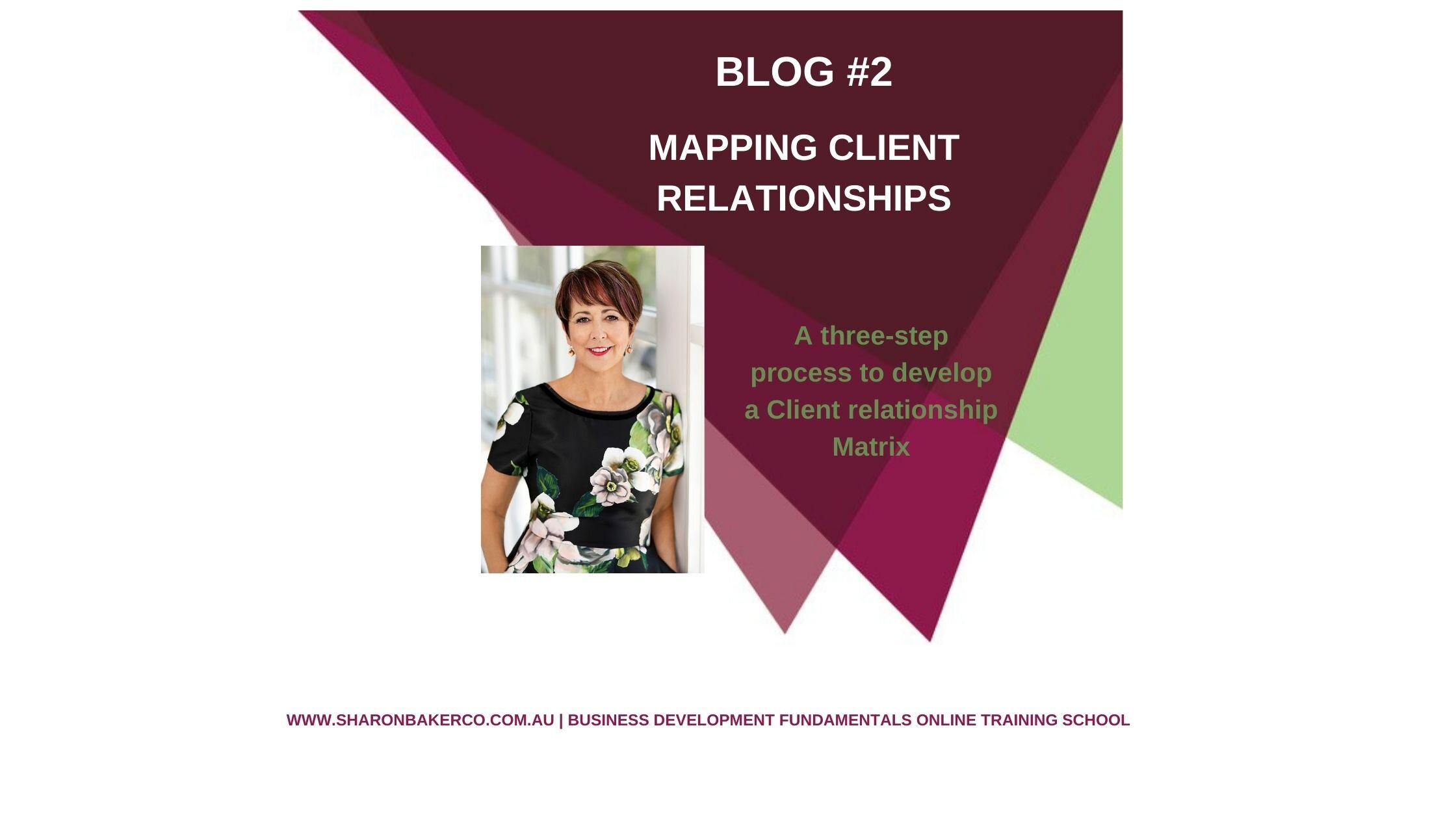BLOG #1 - A PROCESS FOR FORECASTING REVENUE
Blog #1 – A Process for Forecasting Revenue
Are you being asked to develop, review, or update a Revenue Forecast Plans for the next month, or next three months, or even next financial year? Well here is a process that you can use, and it can also be used to keep you action-focused to meet your Plan.
Outline
Want to advance your career and become a successful leader? One of the skills you need is the ability to develop substantiated Revenue Forecast Plans.
Just to be clear, to generate more revenue, you need to sell more business. An increase in sales can include new services for existing clients, existing services for existing clients and new services for new clients.
In this new business environment, a revenue forecast plan will give you direction for what needs to be achieved for the next month, months and financial year.
Developing a revenue forecast plan is relevant because many consulting firms are planning 1-3 months ahead until they are more confident about 2021. Then these firms will be preparing for the financial year 2022 (FY22). In my experience, you can develop a revenue forecast plan in three considered steps.
The Three Steps
First, establish your revenue forecast figure. Secondly, identify the clients and the services that will get you to your forecast figure. And thirdly, identify the key opportunities that will get you there fastest.
First Step
The first step, get clarity about the revenue forecast figure that you and your team are expected to achieve over the next year. Most company leadership teams would have been working through the last few months recasting their budgets. These budgets will include their FY21 revenue forecast.
So there should be an ability to extrapolate your revenue forecast figure from those budgets. I've always found it beneficial to convert this figure into monthly forecasts using a spreadsheet with the months on the first row and the corresponding figures on the second row.
Second Step
The second step is to understand the clients you should be working with and the services they will require throughout the year. I would suggest you get the last three years of revenue figures from your accounts team broken down into clients and services.
From this information, you can identify your top-producing clients and the services they have been buying. Now, going back to your spreadsheet, put your clients in one column, related services in another column, and from here, make the potential revenues for those services across the year.
Third Step
The third step is to identify the key opportunities that will get you to your revenue goals fastest. The quickest path to achieving revenue forecast is to win one big project that will deliver your total revenue forecast within the current year. However, this is rarely possible.
So we look at our pipeline of opportunities, and we start analysing and prioritising the significant opportunities that we can secure in the relevant financial year we are planning. You can register the monthly revenue figures for these opportunities starting in the month the revenue will first be realised, and then the ongoing monthly payments from there.
In summary, to develop a revenue forecast plan, we establish our revenue forecast figure for the year. To substantiate our forecasted revenue, we determine the clients, the services we'll be selling, and identify the key opportunities we need to pursue.
In Conclusion
Use these three steps to develop your Revenue Forecast Plan and regularly review actual revenues against forecasted revenues. Through the review process, two things will happen. Firstly, you will continuously improve your skills and become a reliable revenue forecast planner. Secondly, by always keeping management informed of any changes to the forecast plan, your reputation as a reliable source of information will be enhanced.


